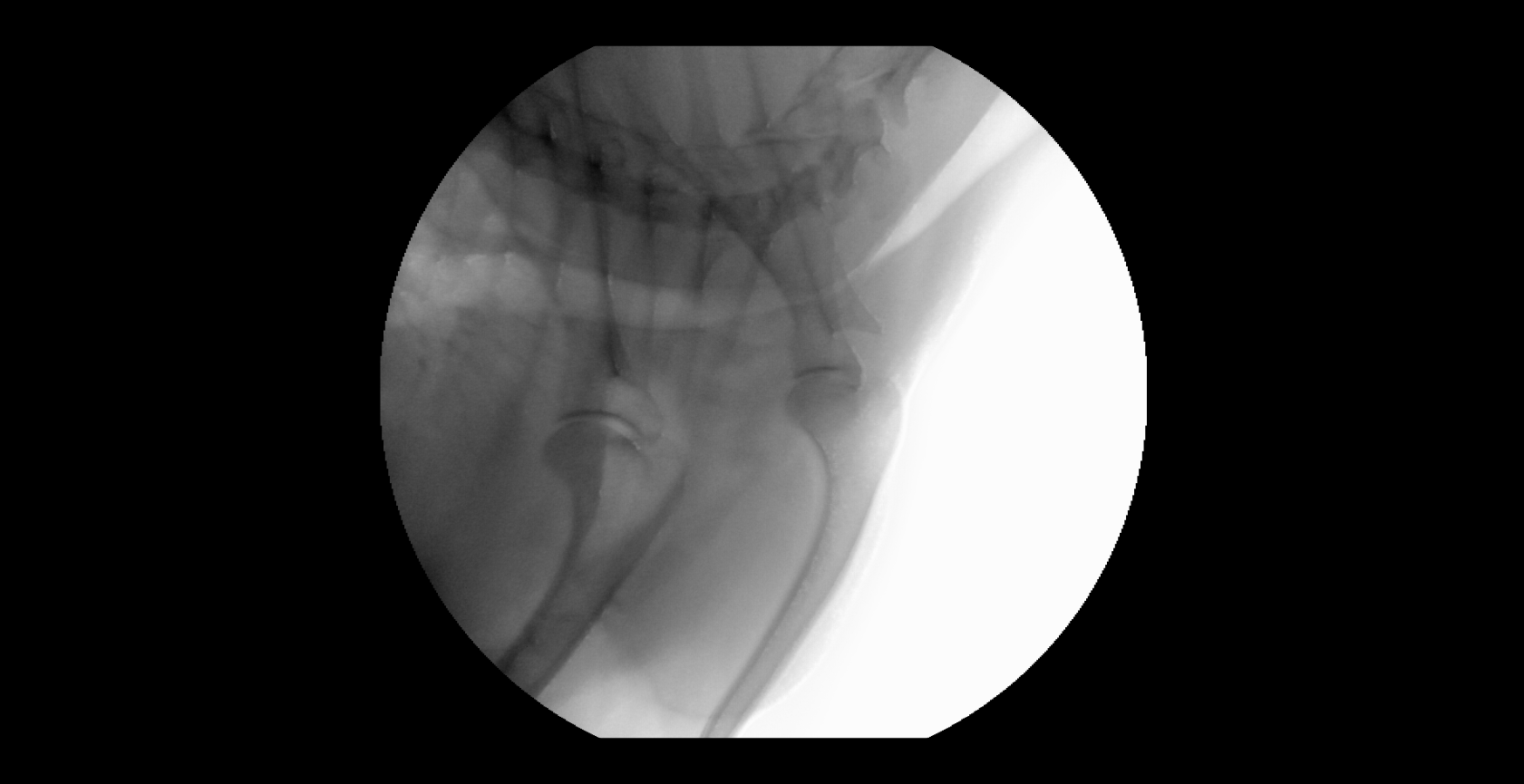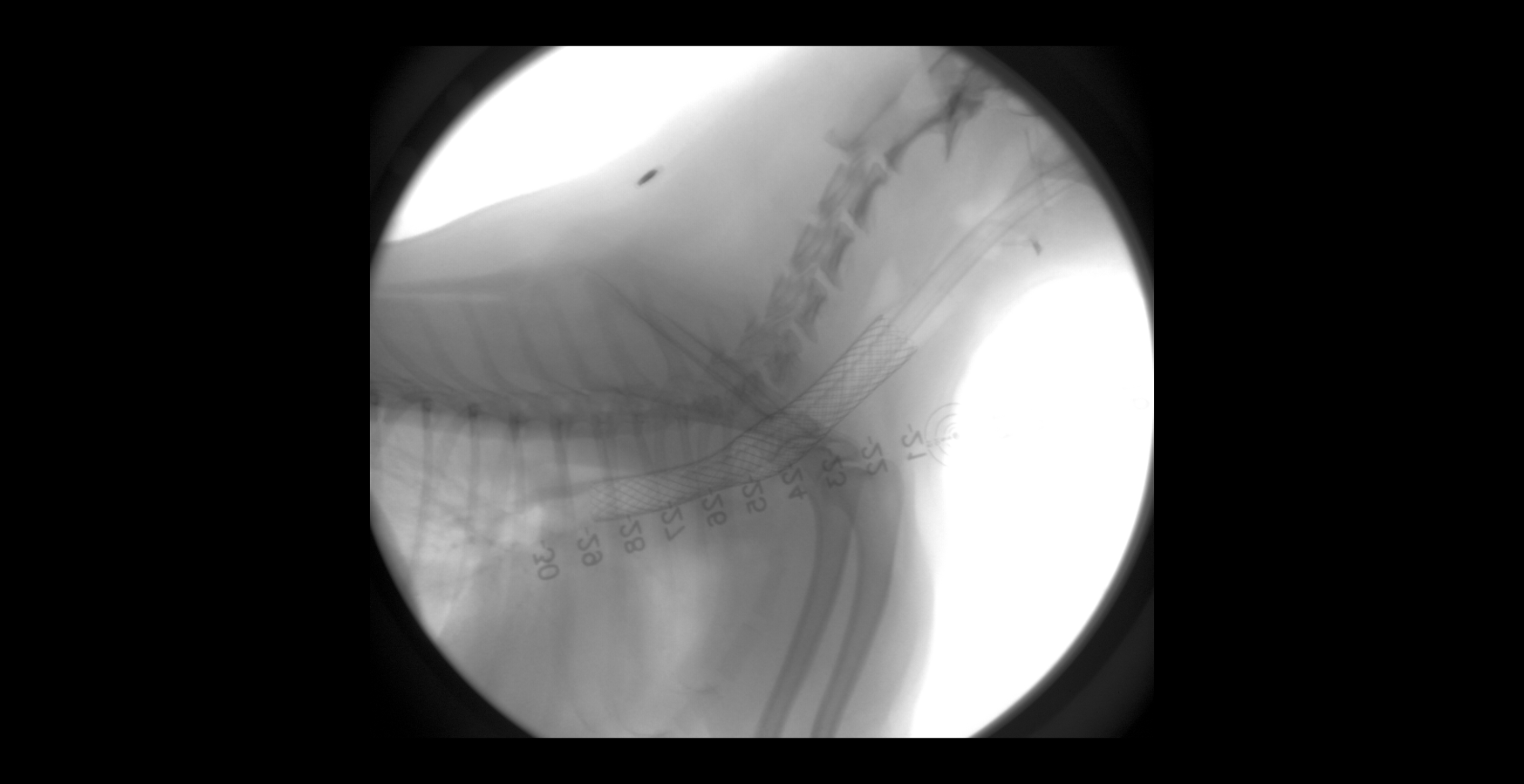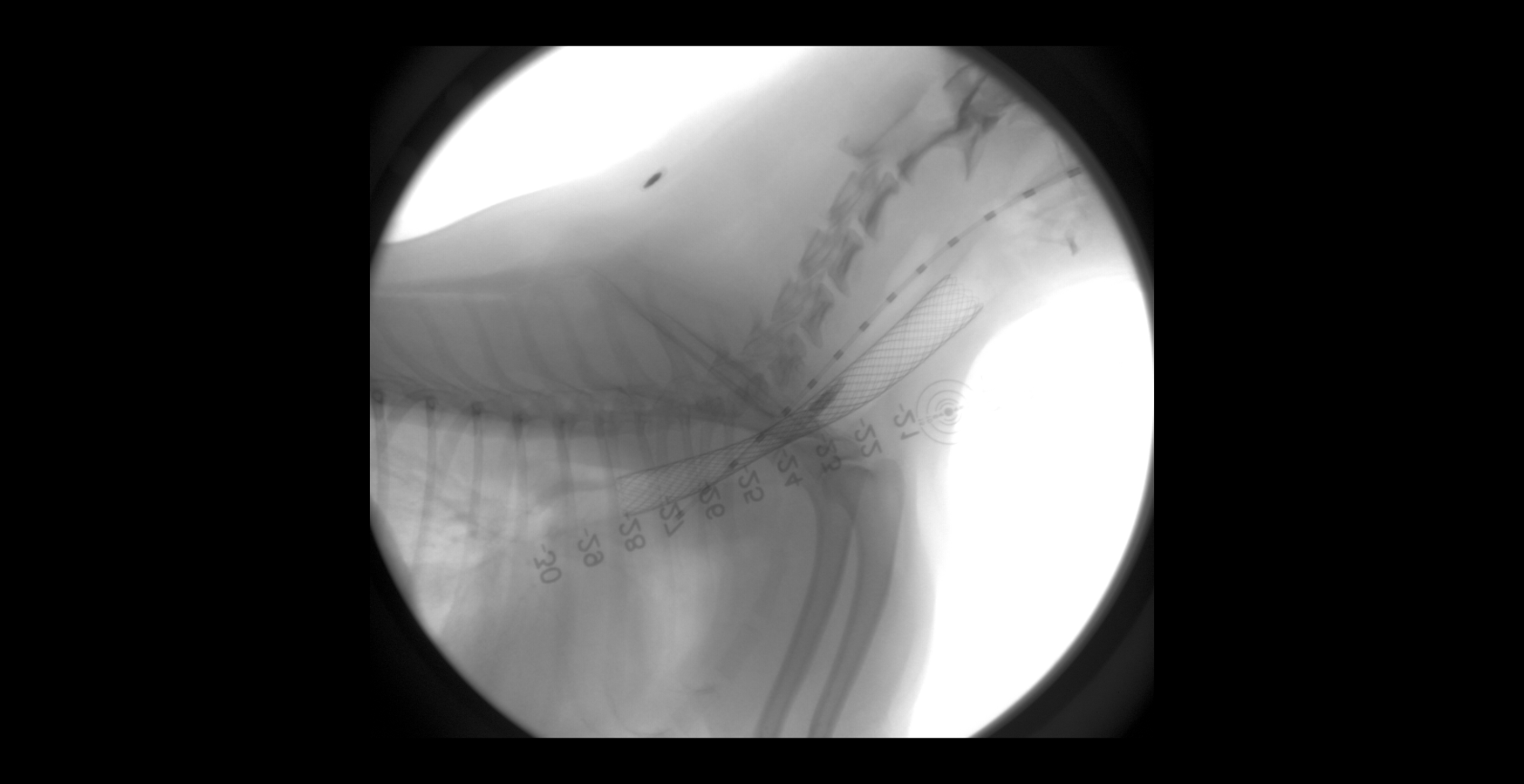Benefits of Minimally Invasive Surgery For Dogs and Cats
Your pet has been referred to MISCA either for a clinical problem requiring further diagnosis or for a previously-diagnosed condition requiring treatment. Our aim at MISCA is to diagnose and/or treat your pet’s condition with the least invasive method available. Our veterinarians have specialized training and experience in an array of minimally invasive techniques, which have mostly been adopted from human medicine. The pace of advancement in this specialty field guarantees that it will remain at the “cutting edge” of veterinary medicine for the foreseeable future.
It is important to note that not all conditions can be treated with minimally invasive techniques. During your pet’s consultation appointment, our specialists will review all available diagnostic or treatment options, including the conservative medical, traditional surgical and minimally invasive approaches.
WHAT ARE MINIMALLY INVASIVE PROCEDURES?
In general, the term minimally invasive refers to the use of special imaging modalities such as CT, fluoroscopy, endoscopy or ultrasound to guide instruments to the site of intervention using either existing anatomic openings (e.g., the GI, respiratory, urinary, reproductive or vascular tracts) or very small incisions. A number of specific techniques have been classified as minimally invasive procedures:
- Interventional radiology – The use of fluoroscopy to guide access wires, catheters, stents, coils, balloons, retrieval devices, biopsy instruments, lasers or electrosurgical devices to sites of intervention deep in the body.
- Interventional endoscopy – The use of rigid or flexible endoscopes (long, tube-like cameras) to similarly guide the above-noted equipment to sites of intervention in the gastrointestinal, respiratory, urinary or reproductive tracts.
- Traditional endoscopy – The use of endoscopy to visually investigate and collect diagnostic specimens from the gastrointestinal, respiratory, urinary or reproductive tracts.
- Laparoscopy / thoracoscopy – The use of rigid endoscopes to access the peritoneal (abdominal) or thoracic (chest) cavity through tiny incisions. Other instruments may be inserted into the abdomen or thorax through additional small incisions to accomplish surgical objectives.
- Ultrasound-guided interventions – The use of ultrasound imaging to guide needles or biopsy instruments across the body wall to collect diagnostic specimens (fluid or tissue from organs or masses) or to inject therapeutics.
WHAT ARE THE ADVANTAGES OF MINIMALLY INVASIVE PROCEDURES?
The potential benefits of minimally invasive procedures include:
- Potential for both definitive diagnosis and corrective therapy in a single procedure
- Minimal to no incisions or scars
- Decreased patient pain and morbidity
- Minimal risk of blood loss
- Generally lower complication rate
- Quicker recovery
- Shorter hospitalization




